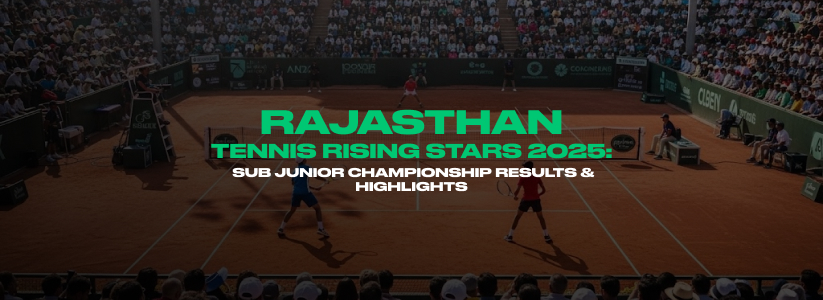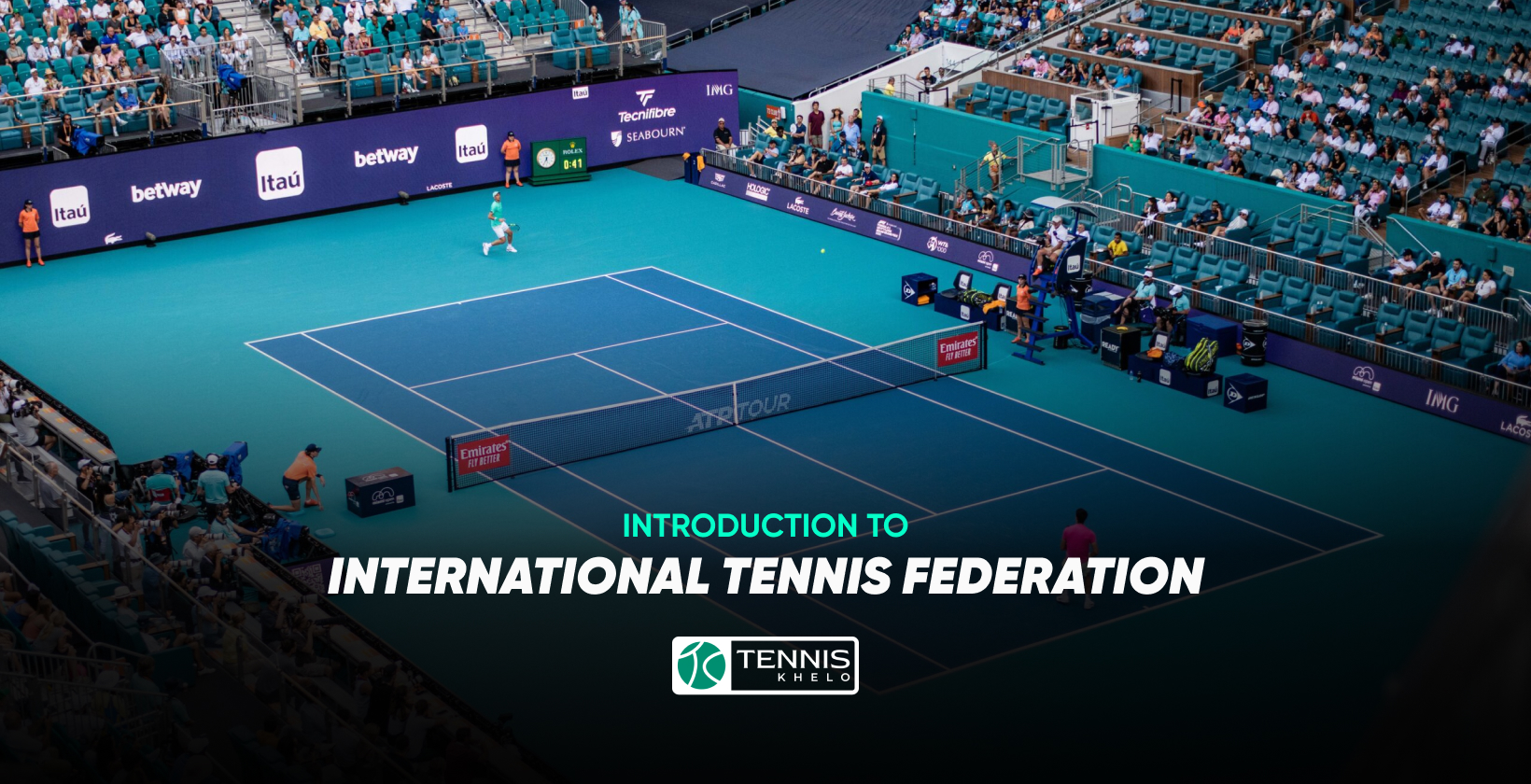The full form of ITF is the International Tennis Federation, this is the governing body of tennis in the world, responsible for governing the sport worldwide. Founded in 1913, the ITF is the largest international sports federation in the world, with 210 member countries and territories. The main objective of the ITF is to promote and develop the game of tennis, ensuring its growth and development at all levels, from grassroots to professional. In this blog we will explore the history, organization and in the main industries.
History of the ITF (International Tennis Federation)
The International Tennis Federation was founded in 1913 as the International Tennis Federation (ITF), with the aim of standardizing the rules of tennis. In 1977, the organization was renamed the International Tennis Federation (ITF) to reflect its expanded role and responsibilities. Over the years, the ITF has played a key role in organizing tennis, introducing new events such as the Davis Cup and Fed Cup tournaments and establishing ATP and WTA professional tours.
Vision and Mission of ITF
The International Tennis Federation (ITF) has a clear vision and mission that guides its activities and decisions. Here is an overview of ITF’s vision and mission:
Mission: The ITF’s mission is “to promote and develop the game of tennis worldwide, ensure its growth and access for all, and maintain its integrity and fair play.”
Vision: The ITF’s vision is “to make tennis a world-class sport that inspires and enriches people’s lives, gives all players the opportunity to compete, develop and excel, and promotes the values of tennis: respect, integrity, fair play.” , sportsmanship.” , and collective action.
Key Committee and Commissions of ITF
- Competition committee – Chair: Mark Woodforde, Jennifer Bishop, Agustin Calleri, Goran Djokovic, Naohiro Kawatei, Scott Lloyd, Iva Majoli, Lionel Ollinger, Christer Sjöö, Henrik Thorsoe Pedersen, Brian Vahaly, Dietloff von Arnim, Evgeniy Zukin, Ross Hutchins (ATP – Observer)
- Billie Jean King Club Committee – Chair: Mary Pierce, Katrina Adams, Nathalie Dechy, Rebecca James, Christiane Jolissaint, Ilana Kloss, Raimondo Ricci Bitti, Horia Vlad Tecau, Nico Weschenfelder, Xin Zhang, Joan Pennello (WTA – Observer)
- Olympic Committee – Chair: David Haggerty (ITF President) Xilin Bai, Tarak Cherif, Naohiro Kawatei, Stefan Fransson, Alicia Masoni de Morea, Gilles Moretton, Mary Pierce, Sandi Procter, Megan Rose, Ruth Wipfli Steinegger, Mark Woodforde, Spyros Zannias, Ross Hutchins (ATP – Observer) Neil Robinson (WTA-Observer)
- ITF World Tennis Tour Committee – Chair: Naohiro Kawatei, Vasco Costa, Igor del Busto Madariaga, Giorgio Di Palermo, Julio Ferrari Yegros, Abdelaziz Laarraf, Galip Ozgur Erguden, Virginija Paliukaite, Francois Pareau, Veronika Rücker, Kirsty Thomson, Ian Vazquez, Rafael Westrupp, Fabrice Chouquet (WTA) Richard Glover (ATP)
Structure of the ITF
The ITF is governed by a five-member council, elected by ITF member states. The council is responsible for making strategic decisions and formulating policies for the organization. The ITF has four main components: promotion, competition, entrepreneurship and marketing. The development department focuses on growing tennis globally, while the tournament department oversees all ITF tournaments and events. The operations department handles business functions such as finance and human resources, while the marketing department promotes the game and events.
ITF’s Key Functions
The ITF has launched several initiatives to promote and develop tennis around the world. One of its most important programs is the ITF World Tennis Tour, which allows professional players to compete and earn points. Read this full blog to know about the ITF ranking system. The ITF also organizes major tournaments such as the Davis Cup, Fed Cup, and Junior Davis Cup/Fed Cup tournaments. The ITF’s development programs aim to increase participation in tennis worldwide, especially in underserved communities.
International Tennis Federations and National Association
The ITF consists of 210 national associations, each representing a state or region. These national federations administer tennis in their respective jurisdictions and select players to represent their country in international competitions The ITF provides support and guidance to help these national federations develop their own tennis programmes.
Challenges facing the ITF
Despite its successes, the ITF faces many challenges in promoting and promoting tennis around the world. One of the biggest challenges is to increase participation in tennis around the world, especially among young people and underserved communities. The ITF must also pursue close relationships with other tennis organizations, such as the ATP and WTA Tour, to maintain autonomy and independence.
How to Stay Updated on ITF News and Events
Stay connected with TennisKhelo! Get the latest tennis news, from ITF’s rise to the top to league coverage and breaking updates. Download the TennisKhelo app now!
Conclusion
In conclusion, the International Tennis Federation is an important organization that plays an important role in the promotion and development of tennis worldwide. With a history dating back to 1924, the ITF has evolved over the years to become a leading global sporting body. Through its policies and programs, the ITF aims to increase participation in tennis worldwide, while promoting fair play and good governance throughout the sport. As a leading player praising tennis around the world, the ITF continues to shape the future of our sport for generations to come.















